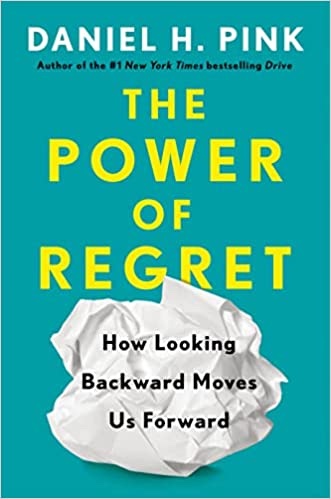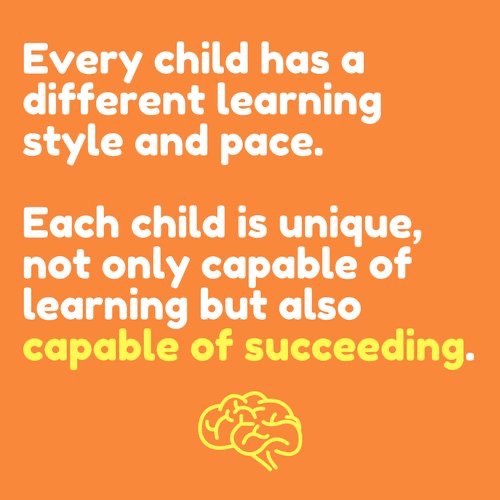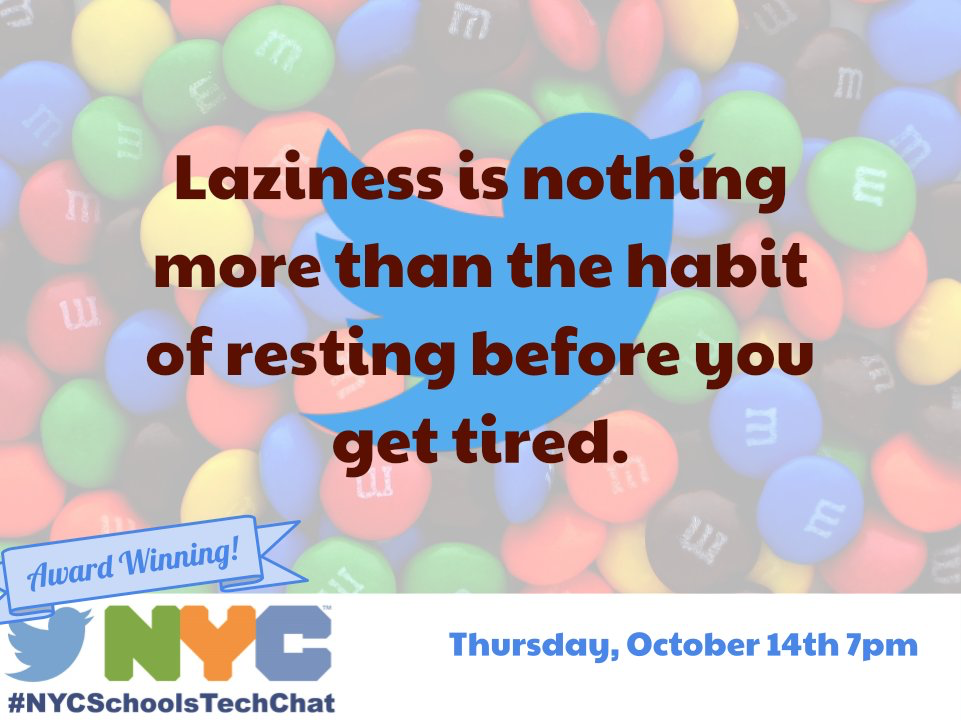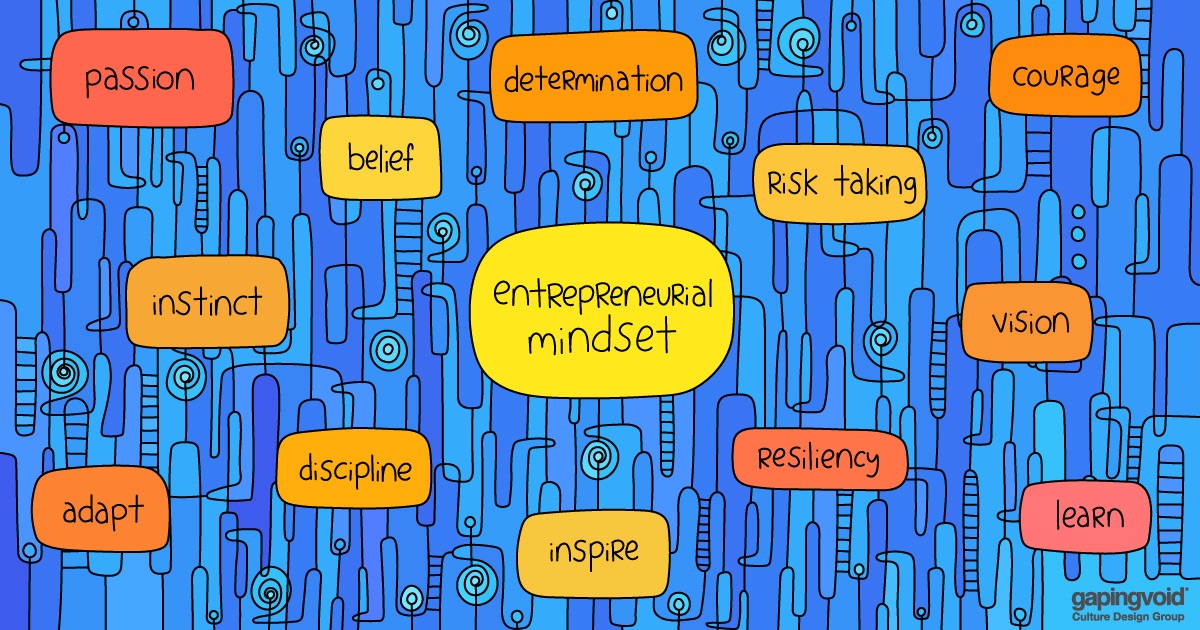
On 1/30/2022 I attended a Daniel Pick online presentation only for people who had preordered his new book “The Power of Regret: How Looking Backward Moves Us Forward.” There were about 1,300 of us. During this presentation, he gave the audience the ten most important things that he has ever learned. These all match up with my thinking. Since he did a count down, we start with the number 10. This presentation will not be available anywhere else so share this with your network.
10. How to make a decision
- Start with asking yourself “what advice would you give to a friend.” Fundamental reasons are better than instrumental reasons. Do the right thing. Less is more. Do fewer things well.
9. The best way to get things done Read
- “Bird by Bird” by Annie Lamont. This is the one step at a time approach to getting something done. The coach should tell the team, let’s go 1-0 today.
8. The best way to choose what to do
- Pick the professor more than the class. Focus on who you are doing something with. Read “The No Asshole Rule: Building a Civilized Workplace and Surviving One That Isn’t” by Robert I. Sutton. Here is a link to my summary. Don’t tolerate jerks for a moment. We are who we spend time with.
7. How to Persuade People
- Read “Influence: The Psychology of Persuasion” by Robert B. Cialdini. The best way to persuade someone to do something is to make it easy for them to do it. Consider changing the default option. If you want to make it easy to run, put on your running outfit.
6. The best way to get a good idea and how can you tell a good idea from a bad idea
- From Malcolm Gladwell, good ideas lead to good ideas. Look for good ideas you had that have proved themselves. You need to be excited about it. Look for stories rather than topics. Put your ideas out to other people. They are likely to give you more ideas. Generate a lot of ideas without evaluating them at first. Next, capture the ideas. They can be floating. Keep a running document on your computer and cellphone so that you get an idea you can write it down. Finally, socialize your ideas and don’t worry about somebody stealing them. The more ideas you share, the more people will share there’s with you.
5. The best way to deal with hassles
- Read “Getting Things Done: The Art of Stress-Free Productivity” by David Allen. If you have a task that can be done in less than two minutes, do it now. Use the stoic test. When confronted with a hassle reframe it as a test. Then move it from the realm of emotion to the realm of cognition.
4. The best way to liberate yourself
- Do not manage your life to impact what other people think of you as they are probably thinking about themselves. Just be a good person and do the right thing.
3. The best way to get stuff done, part two
- Step by step is the micro part. Seeing the big picture and keeping your eye on the prize is the macro part. You want to think about systems. Broaden your focus and it will be easier to see how the small parts fit. Al Gore made a guest appearance here. We always face the voice between doing the hard right thing and the easy wrong thing. Seek first to understand.
2. The best way to deal with regrets
- Dan recalls telling the head of AirB&B that his idea would never work. Process regrets inward, outward, and forward. Treat yourself with kindness. We all make mistakes. Forgive yourself. Disclose your regret. It releases the burden. Even writing about it can be helpful. Finally, extract a lesson from it.
1. The best three words to say regularly
- Please and Thank You. They are profound. Please reminds us that we are not entitled to anything. Thank you serves a similar purpose. Expressing gratitude deepens our sense of meaning and purpose. Doing so is advantageous. Here is a link to my summaries of Daniel Pink’s books.












 @WSroufe
@WSroufe @RonAndSandyLee
@RonAndSandyLee @drugb0t
@drugb0t @tim_fargo
@tim_fargo @themerry_monk
@themerry_monk
 @Gapingvoid
@Gapingvoid @ITArchitechs
@ITArchitechs @Melanie_Collins
@Melanie_Collins

 @eileen_lennon Moderator of #NYCSchoolsTechChat
@eileen_lennon Moderator of #NYCSchoolsTechChat  @BabyGo2014
@BabyGo2014 @BillMoore20
@BillMoore20 @SimpliTeach
@SimpliTeach @JeanetteJoy
@JeanetteJoy @theeiguy
@theeiguy @jeffsheehan
@jeffsheehan @Gapingvoid
@Gapingvoid @lawrence_wray
@lawrence_wray @gary_hensel
@gary_hensel @TrainingMindful
@TrainingMindful @Leadershipfreak
@Leadershipfreak @Gapingvoid
@Gapingvoid